Amping and powering
One of the great things about Grado headphones is that they are pretty sensitive across the board, and really don’t need a ton of power to get their drivers singing. The benefit of this is that you don’t have to fork out on a gargantuan headphone amplifier to enjoy using them, and you’ll actually be able to extract a pretty decent performance from humble devices like smartphones and laptops. And in the case of the SR80x, there’s a good chance that that’s where they’ll be seeing quite a bit of use.
The SR80x only needed around 40% of my Samsung Galaxy’s available volume to get up to ‘spirited’ listening levels, providing a pretty rocking playback experience of the Smashing Pumpkins ‘Monuments to an Elegy’ album. Stepping up to a dedicated DAP in the form of the Astell&Kern SR25 does make for a more refined listen, probably courtesy of the better DAC on offer, but with no real marked effect on frequency response.
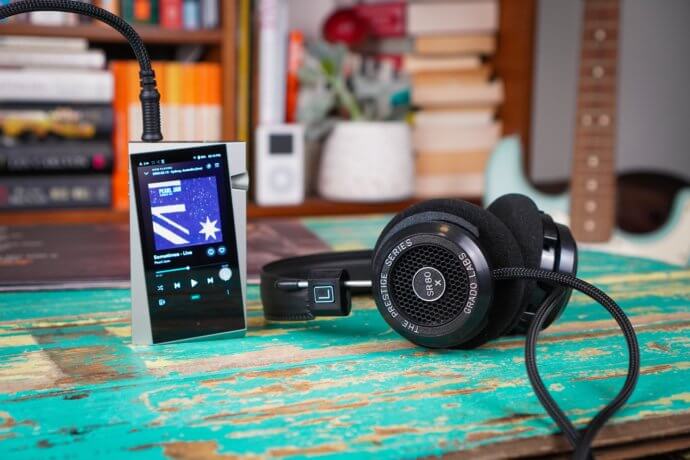
Powering a headphone from a dedicated discrete device is almost always preferable, and paring the SR80x with the Schiit Asgard 3 does yield some nominal benefits in terms of overall dynamics as well as upper/lower end extension. However, I will state that a desktop amplifier is by no means a ‘must have’ with the SR80x. I can see many happy listeners buying the SR80x along with an affordable DAP and calling it ‘a day’.
While the SR325x is similar in terms of power requirements to the SR80x and will go ‘loud’ quickly off any device, it does scale better and perform differently when pairing with different source components. The SR325x performed well on the SR25 but rewarded even more when fed with desktop components. Powering via the Topping A90 didn’t require much by way of volume in low gain to get proceedings moving, but it did provide a more vivid sense of depth and realism when it came to staging and layering, as well as providing a more taut sense of ‘oomph’ in the bass. Tonally this pairing did sound a little on the lean side, but I found that the S325x preferred a warmer, Class-A source.
The recently reviewed Burson Playmate 2 added a nice sense of richness to the SR325’s character, particularly in the mid-bass and mid-range, although I did find that there wasn’t much playable volume range on this device on the SR325x – I’m not kidding when I say that ‘01’ in low gain was plenty for me!
The Schiit Asgard 3 was a great tonal match for the SR325x and thankfully had plenty of usable play in the volume pot without any channel imbalance in low range. It made for a nice lively and energetic pairing with SR325x, with great dynamics but a slightly more intimate overall presentation.
The most enjoyable pairing I found with the SR325x was the Fidelice Precision Headphone Amplifier from Rupert Neve Designs. This all Class-A design born from the legendary studio engineer isn’t exactly a powerhouse with only 300mW on tap, but it really lent the SR325x a degree of welcome treble refinement along with super-precise attack, decay and imaging. This amp provides a lovely balance of tone, detail and grip on the new 44mm drivers, and I’m looking forward to sharing more about it in an upcoming review.
Comparisons
The Hemp Headphone
The question that many of you might be asking by now, is how exactly does the SR325x stack up to The Hemp Headphone? And that’s a very good question indeed, and it was an interesting one to test out. I suspected that there might be some close familial ties between the two, judging by the similarities in specs between the drivers, and listening proves these the SR325x and The Hemp Headphone to be very similar headphones indeed – more similar than different, in fact. Both Grados display a slightly more even-handed tuning compared to their traditional mid/lower-treble forward approach, which might be due to the newfound synergy between the 44mm driver and the F-Cush flat pads first ‘discovered’ with The Hemp Headphone. The SR325x is tuned to be less ‘relaxed’ in the upper register, offering a degree more clarity and transparency in the upper treble which makes them feel a little more nimble and sparkly compared to the slightly more ‘chilled’ approach taken in the Hemp.
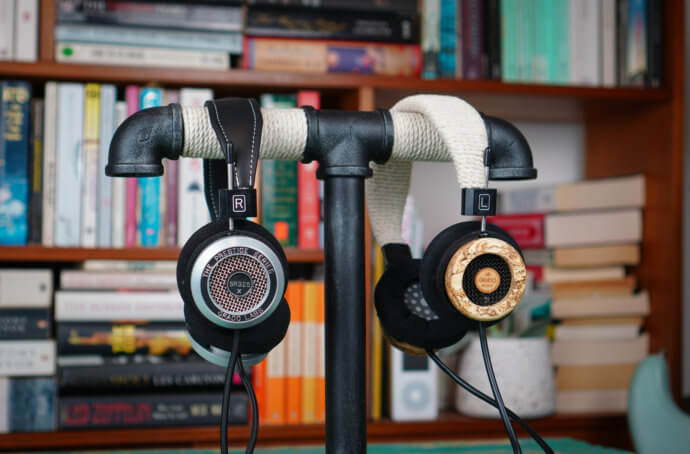
The 325x also out-stretches The Hemp Headphone when it comes to bass extension, yielding more impact and thump from Thundercat’s bass guitar. These differences give the impression that the SR325x is a more dynamically capable headphone, offering greater light and shade within the mix of a song due to its ability to extend further at each end of the register, which also creates a better sense of layering and soundstage depth. By comparison, The Hemp Headphone, no slouch in the technical department, feels flatter and more congested in its presentation. Which one you might prefer will largely come down to your preference in both sound signature and aesthetics. If you like a slightly more relaxed tuning, The Hemp Headphone will more likely suit your ears more than the greater emphasis on clarity and precision baked into the SR325x. Personally, at over $100 cheaper than The Hemp Headphone, I think the SR325x has it licked in both the performance and value stakes. Then again, The Hemp Headphone is a very different kind of proposition, being a limited edition run with a different kind of aesthetic and story behind the product inspiration, which might appeal to you more.
Sennheiser HD650/Drop HD6XX
The legendary Sennheiser HD650 is rightly considered as both a tonal and price-to-performance benchmark, especially with it being available for $220 USD when badged as the Sennheiser/Drop HD6XX. It’s interesting then, to look at how this compares to the SR325x head-to-head as viable options for all-round open-back performers under $300. It must be noted that as 300-ohm headphones, the Sennheisers require pairing with a reasonably powerful amplifier in order to extract their full performance capabilities, while the Grado will happily deal with being played out of a smartphone. So, this must be factored into the overall price consideration between the two. Swapping out the SR325x for the HD650 shows the differential between power requirements, requiring a nudge up the volume pot from 8 o’clock to 9 o’clock on my Questyle CMA600i to reach the same sound pressure level.
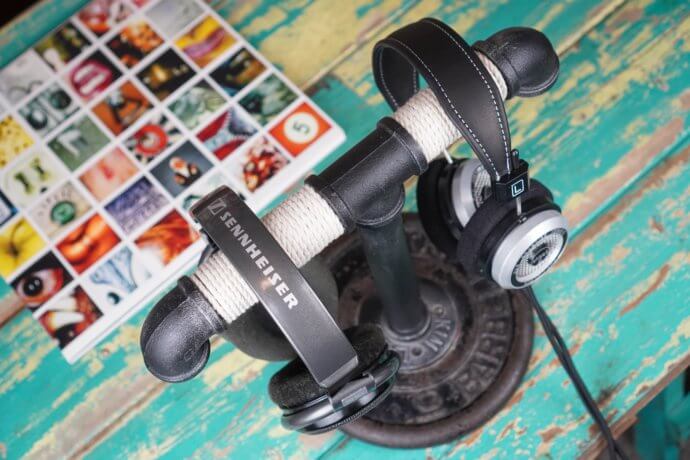
The HD650 is a starkly different-sounding headphone having just listened to the SR325x. It sounds positively silky and laid-back after the in-your-face energy and brashness of the Grado. It’s also a far more intimate presentation, feeling distinctly more like a headphone experience versus the more ‘out there’ staging of the SR325x which provides an overall a much more open and airy experience. While the HD650 is an overall warmer-sounding headphone with a much thicker, syrupy mid-bass and lower mid-range, the SR325x is a better bass performer in my books, possessing better speed, slam, and definition over the more bloom-y low end in the Sennheiser. The mid-range is where things become interesting – do you prefer realism, detail and presence? Or does the idea of texture, warmth, and a luxurious tone tickle your fancy? If it’s the former, the Grado will be your cup of tea, whilst the HD650 will appeal to those looking for the latter. The treble department on these two headphones are like chalk and cheese – the HD650’s being extremely gentle and laid-back, making the SR325x feel like a veritable detail monster by comparison. That’s not to say that the detail isn’t all present in the Sennheiser, but rather it’s just not being hyper force-fed.
The interesting thing about the new voicing of the SR325x is that it’s now more of a versatile contender in the audiophile headphone stakes, and in my mind makes for one of the best options for an open-back dynamic under $500 – much like the HD650/HD6XX. Which one you might prefer will depend on your source components, but also on your tastes in music and sound signature. Lovers of live music, rock, and metal will probably prefer the energy and extension of the SR325x over the more forgiving nature of the Sennheiser.
Focal Clear
It might seem a little unfair comparing the $295 SR325x to the original Focal Clear, which still commands retail price around the $1K mark, but I thought it would be prudent to briefly comment on how the SR325x stacks up against another well-renowned and very high-quality open-back dynamic headphone. The Clear is a much more substantial piece of equipment in terms of build and engineering and has a far more ‘luxury’ vibe to it, but it also backs this up with incredible clarity tuning and technicalities. Consider me surprised then, when I found myself spending more than a few tracks comparing the two headphones, despite their apparent mismatch on paper. The reason I say this is because they both do ‘clarity’ extremely well, but go about doing it in different ways. Initially, the 325x feels like it has similar levels of detail across the board, and actually out-stretches the Clear in terms of perceived soundstage width. The 325x undoubtedly has a far more emphasised peak in the upper mid-range – the Focal does have a couple of lower treble peaks itself, but it feels less aggressive and front-foot than the 325x. In terms of overall body, the Grado feels like it has more ‘meat on the bones’ courtesy of the new tickle in the mid-bass and lower mid-range, but the Focal is far and away a more linear, balanced listen. While the Clear’s bass isn’t as comparatively emphasised, it makes the SR325x’s rather decent bass feel a bit sluggish by comparison – the Clear’s bass really is excellent for a neutrally-tuned open-back dynamic.
Where the Focal really does pull away from the SR325x is in terms of imaging, treble refinement, and overall instrument separation. While you think the Grado might keep up with the Clear for a couple of tracks, the Focal’s treble refinement and ability to layer detail among a black 3D soundscape ultimately show why the Focal commands both respect and its price tag. Still, it’s an interesting comparison and commendable that the SR325x can play with the big boys. Where it does have an edge over the Clear is sheer enjoyment. The Clear is tuned for technicalities and very much an ‘audiophile’ tuning, but damn if the SR325x doesn’t make you want to keep digging into album after album long after you’ve hung the Clear back on its hook.
Final thoughts
While the rate of change at Grado Labs is measured differently compared to ‘other’ manufacturers, it’s exciting to see that Grado has made some cautious yet worthwhile leaps forward when it comes to updating the Prestige Series while keeping their attention on delivering their house sound, and house design firmly front-and-centre.
Putting aside the noteworthy but not altogether game-changing design and furniture updates on the new ‘x’ series headphones, the big story here is the evolved and yet still eminently ‘Grado sound’ which is evident on both the SR80x and SR325x. I think that the runaway success of The Hemp Headphone might have caused some trickle-down effects at Grado’s Brooklyn HQ, because the new SR80x and SR325x are no longer headphones that I’d recommend to just Grado fans, but headphones that are worthy of consideration by anyone wanting to explore first-rate sound at either under $200 in the case of the SR80x, or under $500 in the case of the SR325x.
The SR80x and SR325x are more balanced, capable, and versatile beasts than their predecessors, and I can say with this in mind that they’re both better-sounding and better value as a result. Each deserves a hearty recommendation from us here at Headfonia at their respective price points.
(Oh, and the fact that they both look pretty cool in their own retro way makes for extra bonus points too).







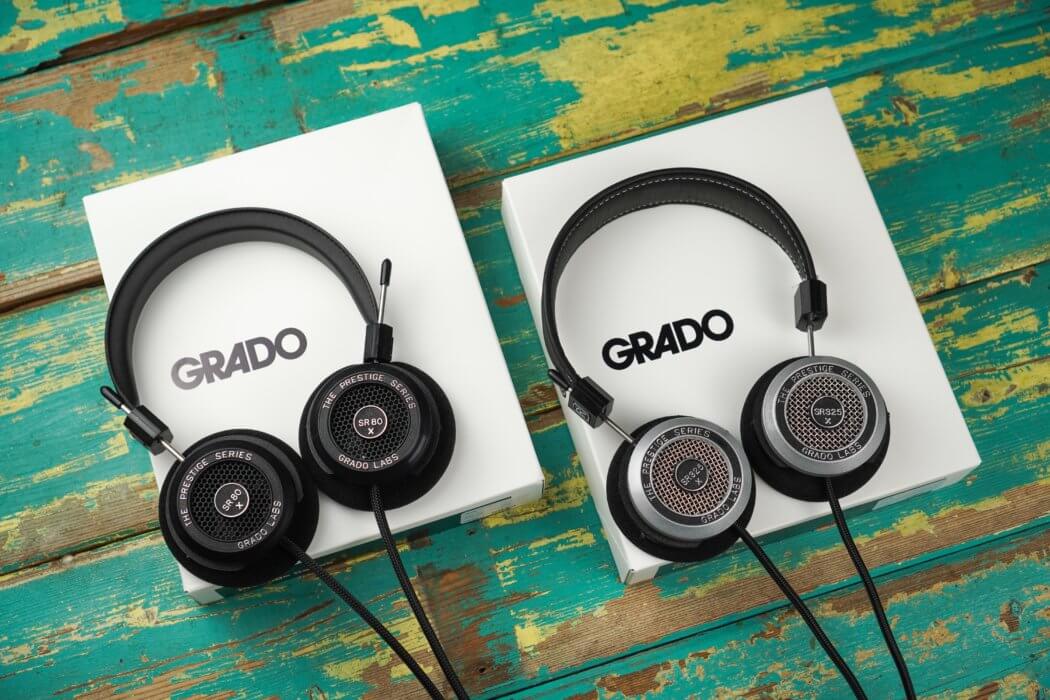
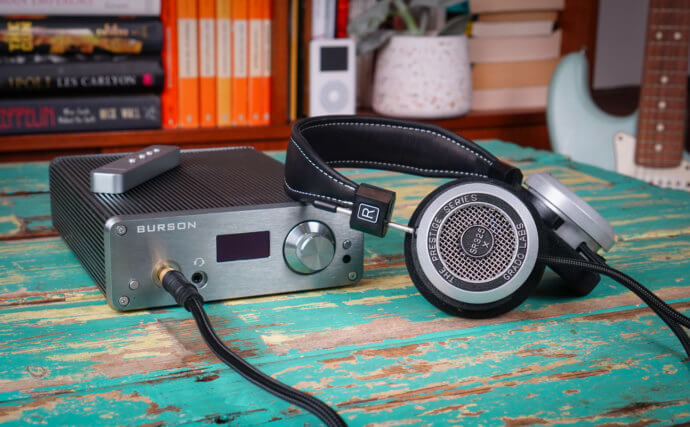
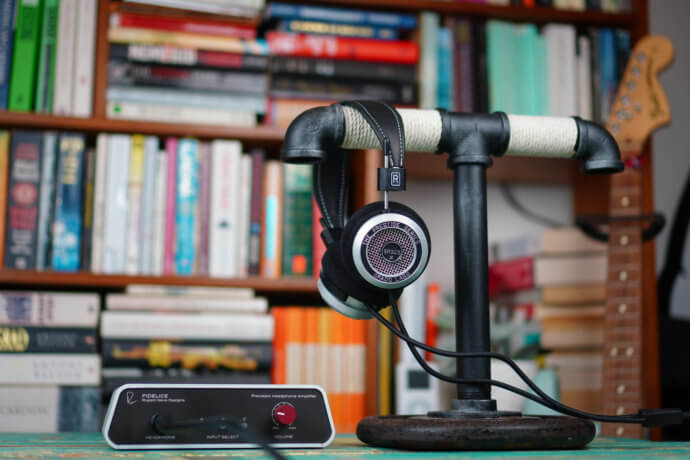
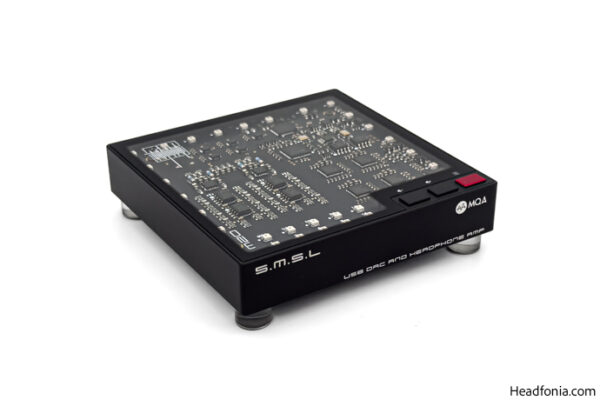
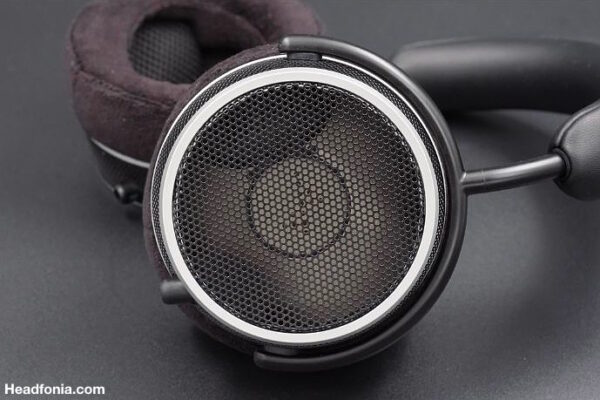
xtvym
Nice review Matt!
Lee Brown
Very detailed review, which was great. I have an original SR-60, but have been using IEM of late. Maybe an upgrade could be in order. By the way, that is Albert King, not B.B. on the “In Session” album.
Matty Graham
This new range does sound noticeably different enough to at least warrant an audition! Thanks for the pick-up BTW, it was rather late when I was doing my listening…
Tibor
Fidelice Precision Headphone Amplifier YES PLEASE! I have just a quick question, is it any different internally from older RNHP or just a new look to match new line?
Thanks for review, I found my Hemps already very dynamic, if these 325x are even more, with better bass, I am in 🙂
And you will hate me for this one (again), can we get at least 1080p pics pls?
Have a great day!
Himansu
Nice information
Adrian
Hello, thx for this interesting review!
How does the Grado GW100 compare to these two ? Is it close to the SR80X or more on the SR325X side? (especially in wired mode)
Thx!
kelfab
Hello, when you say “While I enjoyed spending an album’s worth of a more ‘classic’ Grado sound, I found that I was missing the more balanced and meaty sound that the L-Cush provides the SR325x. It’s clear that the Grado clan have voiced this to be a crowd-pleaser, and the decision to use the L-Cush pads here is the correct one. ”
Didn’t you switched by mistake between F anf L Cush in these 2 sentences ?
Matty Graham
You are correct – thanks for the pick-up!
Loz
Hi. As as 325x owner who was rather underwhelmed by them when paired with a Zen DAC V2, which I also felt did little over my phones dongle DAC apart from add volume, I recently bought the Mojo 2, and am again also underwhelmed by the Mojo 2 with the 325x. An in shop audition never really is sufficient. I’ve tried Tidal masters, Apple Music, and local hi res files on my PC, and feel all of the above really offers nothing over some older £100 headphones plugged into my phone. I’ve tested my hearing and could hear 18k so don’t feel that is the issue.
So my question is as someone who has also reviewed the Dan Clark Aeon 2 Noir, would the Noir offer a significant improvement over the 325x, and also get more out of the Mojo 2. I appreciate you may not have heard the Mojo 2, but any feedback you can give would be much appreciated. I will take the 325x and Mojo 2 to any future audition. Thanks in advance.
Matty Graham
Being a pretty sensitive headphone, the 325x is unlikely to yield any major benefits from different amps and sources – they sound how they sound, and I’m guessing their sound doesn’t really gel with your tastes.
The Noire is a completely different headphone in every regard (the obvious ones being that they’re a) a closed-back and b) a planar). The Noire has a more even-handed and linear tuning, and better bass and treble extension and articulation. It also sounds more spacious and has better depth and separation, despite being a closed design. It doesn’t quite have the same ‘pep’ and energy as the Grado, however.
Loz
Hi Matty. Thanks for your feedback. That’s the first comment about amps and sources not really offering anything to the 325x that I’ve seen, and that certainly makes a lot of sense based on my experience. I’ll have to find somewhere local with good demo facilities to try a few planars.
Miles Dufourny
I’ve owned a pair of the SR80x since last year and it is definitely the best iteration of the “80 series” and have owned every version since the early 90’s. I’m alternating between the stock pads and the TTVJ Deluxe flat pads (depending on the music and the sound quality of the recording). I’m also using a MOJO into a Schiit Vali 2 (with a National NOS tube) – for pedestrian travel I use an OPPO HA-2.
Raj
Great review. I had the grados and love their sound. They are detailed with lots of warmth and great instrument separation.
However I sold all of them. The comfort issue was a big factor. I could not keep the headphones on for more than 1 hour before my ears would be screaming of pain. I even went to buy the grado rs 2e thinking that these would improve comfort. Unfortunately, none of them(sr80e, sr325, rs2e) did.
Besides I wear glasses and they do not make life easier if you are listening to on ear headphones esp the grados with their clamp.
Overall I would say to folks to beware if they have glasses etc. But you got to try the grados once for their sound and perhaps stick to the lower end of their range.
Thank you for a great review which also pointed out the comfort issues. Hopefully Grado will listen and improve on it
Anderson da Silva
I have a SR225i for 10 years. They´re great and running strong, but I feel disconfort after some use. Are there any improvent in confort with this new “x” Series? Thanks.
Justin Legrande
First timer with Grados here. Just received an SR325x yesterday after purchasing direct from Grado’s online shop. So far, after hooking them up to a PC sound card (Sound Blaster AE-5 Plus), I’ve noticed that adjusting the sound card volume while reducing music player app (e.g. AIMP) volume to a single digit percentage significantly improves sound quality. Reducing sound card volume and increasing music player app volume has a dulled quality of sound. So I do think that at least digitally, there is something to an amp improving aural performance of the 325x.
Even though I wear glasses, the F-cushions that comes stock with the 325x don’t press upon the temples of my glasses at all, since the temples rest on the side of my head instead of on my ears. This made it mostly painless during my 2 hour session yesterday testing out the 325x. However, the pads/phones still required adjustment to find a position that minimally pressed upon my ears. I almost forgot the calfskin leather headband was there at one point while wearing it, so it’s pretty good.
However, I did order the Dekoni velour custom pads designed for use with Grados, since those are supposed to be one of the best pad upgrades for comfort without drastically altering the sound signature. Will see how that goes after they arrive.
As for how the 325x sound… Well, so far it’s revealed one musician’s music I’ve liked a lot for over 10 years now to have a particular quirk. She presented her vocals or one instrument prominently at the beginning of most of her songs, and added her vocals and/or other instruments in tandem midway. But heard through the 325x, an effect is apparent where her vocals are distanced while another instrument (especially drums/percussion) becomes prominent. With multiple other headphones I’ve used throughout the years, mostly closed backs, her vocals and instruments sound properly placed side by side.
As it turns out, she was wearing Beyerdynamic DT770’s (closed backs) in a song with her reveal appearance. So it may be she mixed and recorded with closed backs in mind, while open backs with more soundstage and better imaging reveal an effect she may not have intended while recording. Some of her voice pitch raises sound very sharp (in a bad, grimacing way) heard through the 325x, while her more consistently smoothly pitched moments sound even more angelic. (Almost cried listening during one of them!)
That musician artist unfortunately suffered a disease causing her to lose her previous singing voice. Makes me wonder if practicing those sharp pitch raises contributed to her vocal cords being damaged…
Will report back after trying the 325x more with Dekoni pads!
Lieven
Thanks!